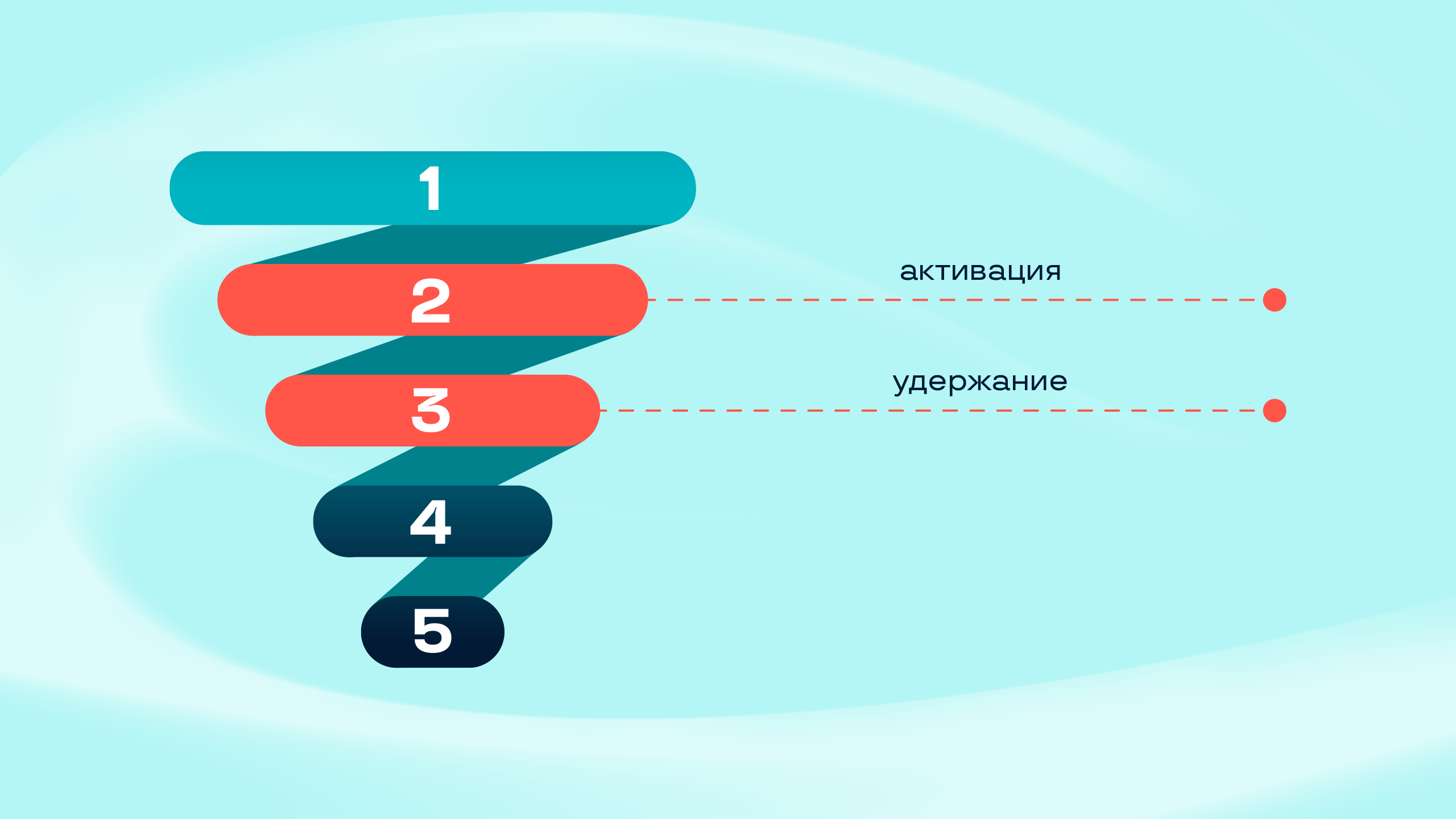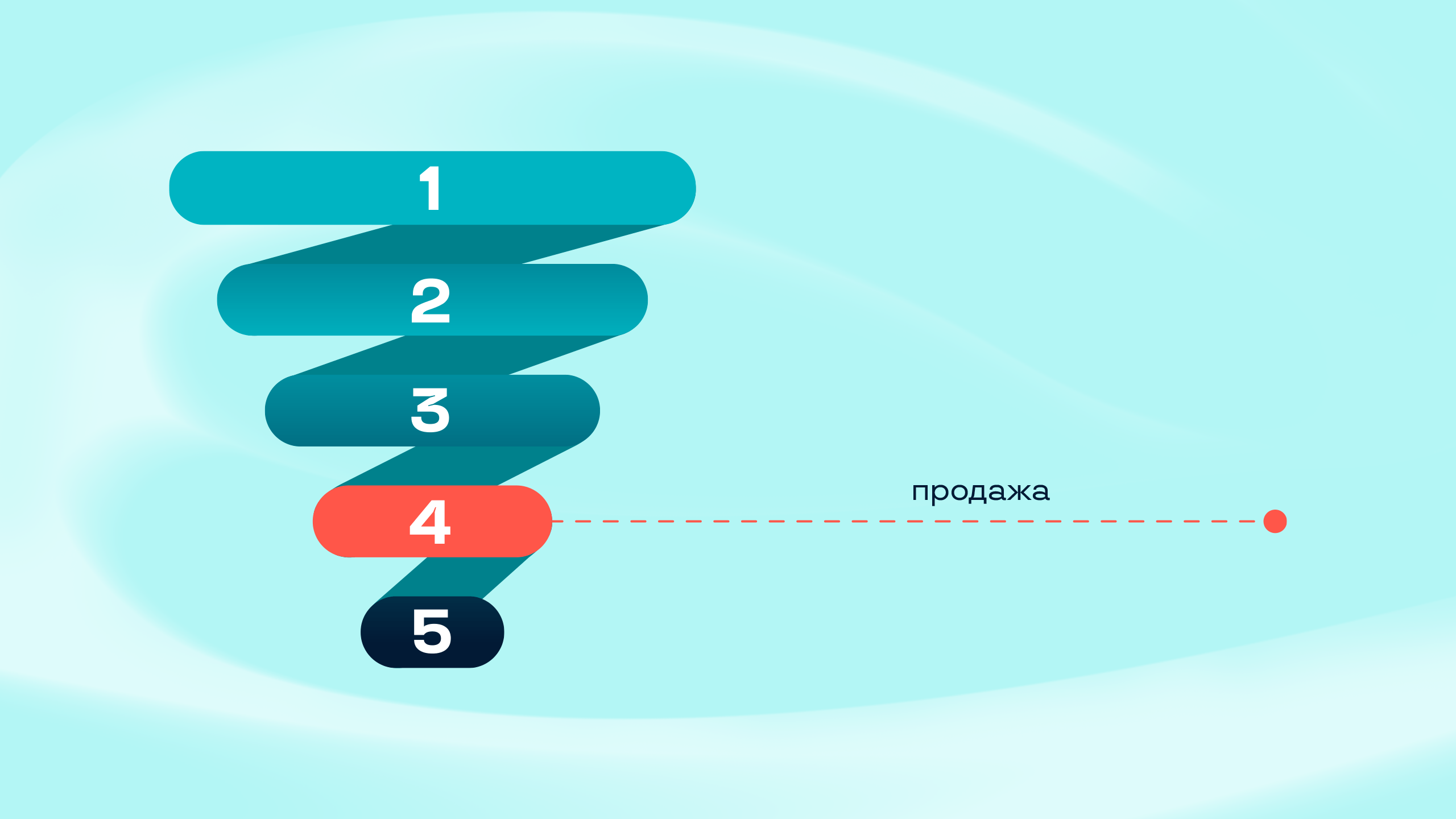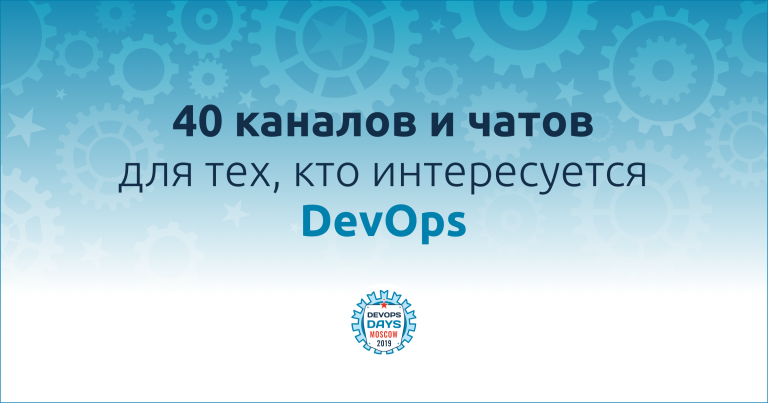instructions for use
Often SMM specialists, especially juniors, own many of the tools, applications and skills needed in social networks, but do not know how to use all this to achieve results and solve problems.
And the success of the project depends on this: on understanding the product, its features, the tasks that we face and how we can achieve them. In social networks, the SMM strategy is responsible for this.

Of course, the goals of a business on social networks can be different, but most often it is sales. Let's figure out how to build a sales funnel on social networks based on the classic AARRR method.
Sales funnel: in simple words
All buyers go through a similar path – from ignorance of the company and its product to purchase. This path is the sales funnel. The process was described at the beginning of the twentieth century, but the sales funnel is still relevant and can be applied in almost any business, because it is based on the laws of human psychology.
AARRR is:

If we describe each of the stages, we have the following:
Attracting an audience through advertising, seeding or influencer marketing.
Activating interest in the product and audience involvement in brand content.
Retaining the audience to increase loyalty to the product and brand.
Selling a product to an interested audience.
Product recommendation by customers.
It’s worth saying right away that activation and retention in social networks can be safely combined into one stage, because the same content is used for these purposes.
If you understand well the principle of how a funnel works, you can use it not only on social networks, but also wherever a person encounters content in general: blogs, websites, messengers.
Why bother?
Of course, you can simply set up targeted advertising with a specific offer – a single post for each audience segment. And we will even get some results, especially if this is not a product with a long decision-making cycle or a complex business area where selling content may not be used at all. But in order to talk about the effectiveness of advertising and audience loyalty, we must get to know the person and lead him by the hand to a purchase.
In the current conditions, this scheme of working with the audience is especially relevant, because the funnel gently leads a person to the target action:
Calls to “buy now” irritate and repel people
advertising platforms are limited
approach to shopping has become more conscious – people make decisions more carefully and for a long time
After the pandemic, the traditional approach to sales became ineffective; companies had to adapt and move online. A person could no longer touch the product in the store; it was necessary to increase the funnel and replace this experience with stories/photos/videos.
Companies began to pay more attention to improving user experience, values and meanings changed in some businesses, and thanks to research, more customized offers appeared.
How does each stage of the sales funnel work?
Stage 1. Attraction

This is the widest part of the funnel – at this stage we work with the widest (and coldest) audience possible. The purpose of this stage, accordingly, is to reach as many people as possible. We can attract them using targeting, seeding, integration with bloggers, through contextual advertising, and mailings.
What content is appropriate?
Introduction posts, facts about a brand or product, trends from your field, work situations, cases showing your expertise, step-by-step instructions, posts with answers to frequently asked questions.
At this stage, it is important to relieve a person from the stress of meeting something new, and not force him to search for some information for a long time. Write as detailed and clear as possible about you and your product. At the same time, take care of your profile – it should also attract your audience. Update the highlights with important information, check the profile header, and correlate the funnel with the content plan so that from the last 3-6 posts it is clear what is happening here, what topics are being covered.
What to track?
Number of subscribers, likes and comments, engagement, website traffic, content shares and mentions of your profile.
It is important to gather an audience that interacted with the content. It is with these people that we will continue to work. If you lead people to a community page, then you warm them up further with the help of content, if you lead people to a newsletter, with the help of further materials in it, and if you lead people to a website, you can create audiences for retargeting using a pixel.
Stages 2 and 3: Activation and retention

The tasks of the stages are different, but the content for them is the same. It is important to explain to the audience what your USP is, how you differ from competitors, increase interest in the product, tell what problems it can solve and work out objections.
What content is appropriate?
Reviews and examples of product use, UGC content, expert interviews, inspiring stories, research results, checklists, surveys.
At these stages, targeted advertising does not require additional content, the audience is already familiar with you, and you can safely promote community publications.
What to track?
The number of applications, clicks to the site, subscriptions to the newsletter, the number of users who purchased a tripwire from you – an inexpensive offer that complements the main product line – if you have one.
Stage 4. Sale

We attracted the audience, aroused their interest and trust. Now you can sell, both natively and directly. The profitability of all the work that has already been done up to this point will depend on your ability to convert a user into a buyer.
What content is appropriate?
Webinars and live broadcasts, mailings with promotions and special offers, posts in the “before/after” format, calls to purchase at the end of posts or directly selling posts.
What to track?
At this stage, it is important to track the number of sales, average customer value, and average bill.
Stage 5. Recommendation

Even though the sale has already been completed, do not forget about the last stage of the funnel. We need to ensure that the client returns to us again and again and buys the product, and also recommends it to friends.
What content is appropriate?
At this stage, the content creators should not be us, but the buyers themselves. To do this, we are building a system in which the audience wants to share information about the brand and become its ambassadors.
What to track?
The main metric of this stage is the virality factor, which is calculated as follows:

The greater the virality, the faster information about the product spreads, which means the more the audience likes it.
What's next?
For a new audience, we repeat the funnel in a circle; for an existing audience, we work with loyalty. Our goal is to retain the client, increase the average check, the frequency of purchases and LTV – the amount that the client brings during the life cycle.
The sales funnel should pull customers into the whirlpool of the transaction. To do this, it is necessary to clearly define business stages; they will be different in different areas, but a consistent principle will be common.
With the help of such structuring and targeted analytics, you can understand at what stage of the journey the most people drop out and make changes to increase conversion.





